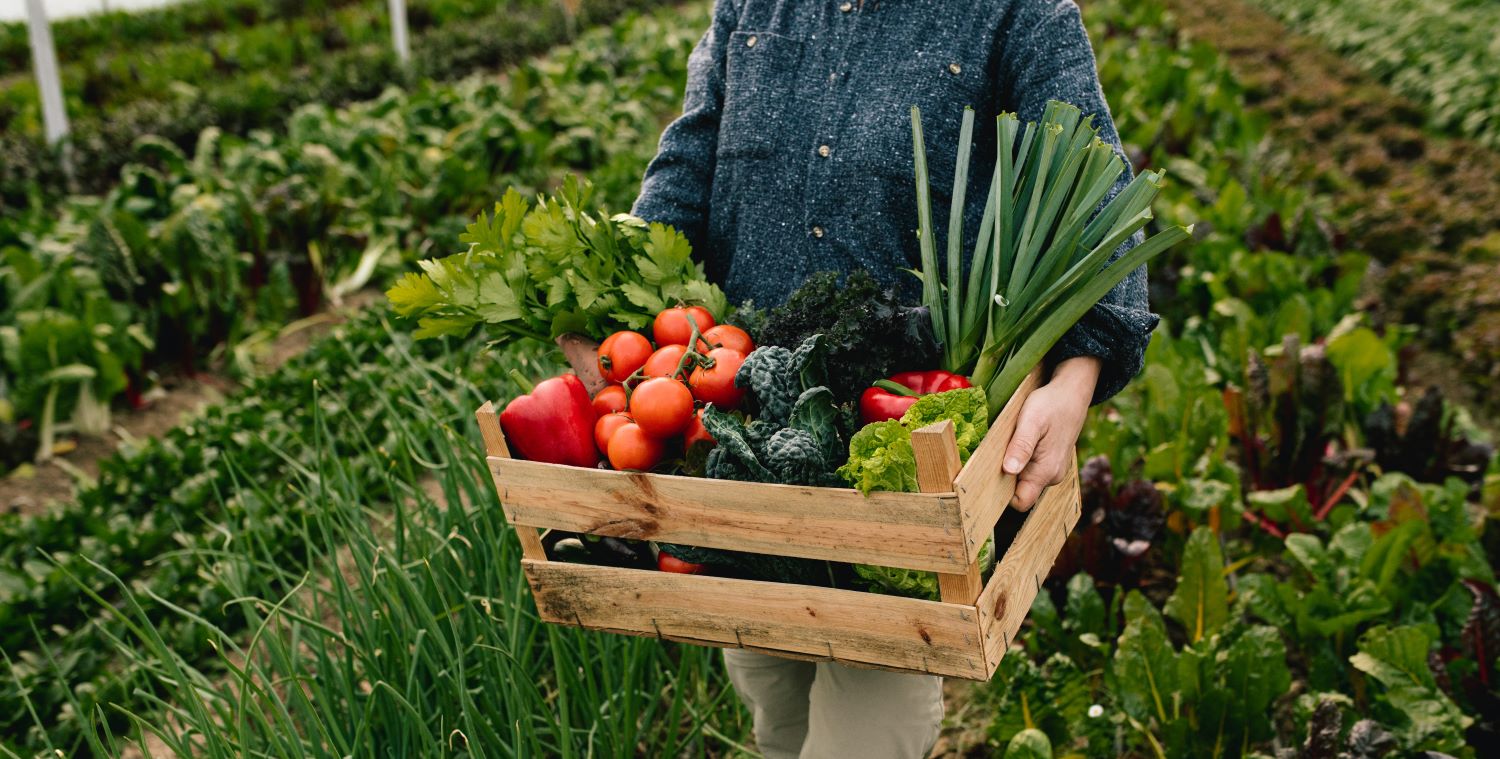Zimbabwe makes agriculture attractive for the youth
State subsidy scheme and social media is prompting the young to trade the office for the farm.
By Johan Burger

Unlike most African countries where the average age of the farmer is 60, most of Zimbabwe’s farmers are young. Almost 57% of women between the age 20 and 31 and 47% of men in the same age bracket grow fruits and rear livestock in Zimbabwe. That makes the country something of a trailblazer. The government’s subsidy programme Pfumvudza (Master Farmers’ Revolution) may have something to do with it. The programme reportedly leverages sustainability farming techniques to “make the most of small pieces of land,” which the youth are keen to benefit from. These include ways of dealing with droughts by means of drought-resistant seed, more sustainable irrigation methods, planting species suitable for drier conditions, etc. Under the Pfumvudza scheme, the government provides input assistance where farmers will receive at least 1 x 5kg of maize seed, 1 x 50kg basal dressing, 1 x 50kg top dressing, pesticide, and traditional grains for both oil and cereals. For those in the drier parts of Zimbabwe, climate-smart crops such as cowpea, groundnuts, and roundnuts will be provided.
As a result, even those with undergrad degrees turn towards agriculture, some of which employ college graduates.
Social media is also playing a role in popularizing farming to the youth. Photos of young Zimbabwean graduates on farms on platforms such as Twitter and Instagram are inspiring others.
Now President Emerson Mnangagwa wants to lure back many white farmers who were forced to relocate to Australia, South Africa, and the UK after former President Robert Mugabe appropriated their farms 20 years ago. It is interesting to note that some reports have mentioned isolated instances of returning white farmers partnering with black farmers. These reports include one by Reuters (22 December 2017) and one by News24 (20 July 2018). A video report by Al Jazeera (11 October 2020) stated that some white farmers were returning as tenants of black owners. This collaboration has reportedly led to an exchange of capital, skills, and machinery, to the benefit of the whole agriculture sector.
Working in the agriculture sector, however, does not come without its own set of challenges. This includes lack of financing, frequent droughts, livestock diseases and a general preference of consumers for foreign produce. In addition, an oversupply of produce often leads to lower prices. Yet, despite these challenges, young Zimbabwean farmers believe they are making progress. They see the sector as “rising”, with “the youth are leading it this time.” They also see “the future as definitely bright.”
The average age of Africa’s smallholder farmers is approximately 60 years. This creates an unsustainable situation. Enticing the youth back to the agriculture sector has received government attention in many countries, without major success. The above case study should be used as a benchmark by those interested in dealing with this situation. The productivity of Africa’s agriculture sector is dependent on success in this field. It will also reduce the pressure on infrastructure, jobs, and services in the cities where many of the continent’s youth currently find themselves, frequently unemployed.
Additional reading:
Maseya, E. 2020. What is Pfumvudza and how will the nation benefit. StartupBiz. 9 October 2020. Available at https://startupbiz.co.zw/what-is-pfumvudza-and-how-will-the-nation-benefit/. Accessed 16 October 2021.
Musarurwa, D. 2021. Policies creating youthful farmers. The Herald. 19 August 2021. Available at https://www.herald.co.zw/policies-creating-youthful-farmers/. Accessed 20 September 2021.
Simango, A. 2021. Zimbabwean young farmers lead the charge in agriculture. Africa Renewal. 18 August 2021. Available at https://www.un.org/africarenewal/magazine/september-2021/zimbabwean-young-farmers-lead-charge-agriculture. Accessed 20 September 2021.








